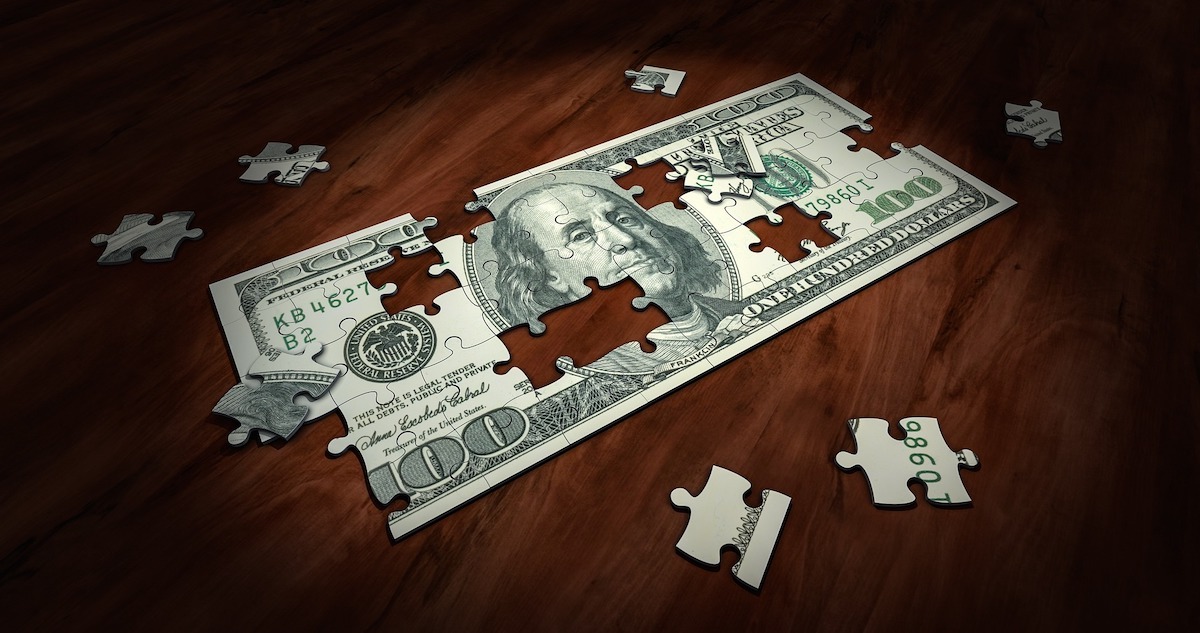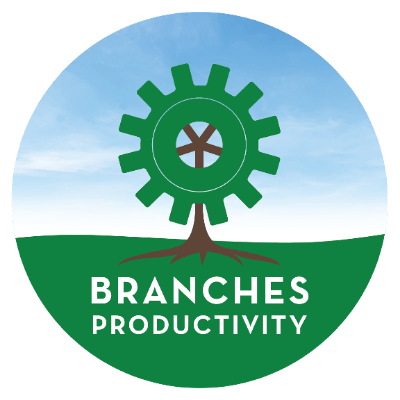The 1-Month, $1,000 Credit Card Payoff Challenge

“Think what you do when you run in debt; you give to another power over your liberty.”
— Benjamin Franklin
Got a $1,000 credit card bill and want it gone by this time next month? No problem. There are two sides of the debt reduction equation — reduce spending and increase savings. Do a little of both and you’ll be there before it’s time to flip the calendar.
EASY WAYS TO SPEND LESS
Look for repeat offenders. Axe that Starbucks habit for some home brew to save $25/week, or $100 a month. If coffee isn’t your craving, look for other things you can cut such as manicures (paint your own nails), lawn maintenance (fire up the mower) or laundry services (pull out that ironing board). You don’t have to “do it all” — just pick a couple of things that will net you a total of $100 a month in savings.
Be a frugal foodie. This isn’t as bad as it sounds, and there’s a good chance you might get a little healthier as a result. Prepare your own lunches and save $5 a day, or $150 a month. Recycle leftovers from the night before for a few of those meals and save even more. If you have a buddy with some culinary chops, split up the week and double down on your recipes. Instead of cooking for three every day, cook for six every other day, and you’ll save both time (this will come in handy in a little bit…) and money. Let’s call it $25 a week, or $100 per month, in savings.
Freekend savings. Weekend entertainment can be a real budget buster, whether it’s movie tickets and concessions (easily $40 for two), concerts, pro sporting events, bar hopping or recreational shopping — it adds up fast. Try a “freekend” instead. Bank some Benjamins with free activities like a BYOB game night with neighbors, family film fest, picnic at the lake, trip to the dog park with Fido, swap meet or crafting party, card game, cupboard potluck or pickup basketball game. You can even make a rainy day fun while saving for your rainy day fund. Savings could range a lot here, but let’s estimate $200 a month — which shouldn’t be that hard to achieve. Remember, it’s just for a month — and you can re-introduce paid recreational activities once you mail that check off to Visa.
PAD YOUR PAYCHECK
Congratulations! You’re already more than halfway there with over $500 to put toward paying off your bill. Now let’s look at the other side of the equation — generating income. We said that extra time would come in handy…
Participate in the gig economy. It’s easier than ever to take on a side job to boost your earning potential. Here are a few options:
- Ride services
- Music lessons
- Housekeeping
- Dog walking
- Tutoring
- Writing
- Pet sitting
Profit-share. People are borrowing instead of buying. And you can leverage that trend by subletting your stuff to pay off your debt. You can rent out:
- Yourself, or at least your services
- A room in your house
- Your clothes
- Sports gear
- Musical instruments
- Photography gear
- Your boat
- Your car
Shoot for generating $100/week. OK, we’re just shy of the $1,000 mark. It’s time to…
Hock your hoard. If you’re filled to the rafters with stuff, now is a great time to have that yard sale you’ve been thinking about. Display your wares well, advertise and collect cash while you cut the clutter. If it’s not sale season where you live, there’s always online options like Craigslist, eBay, NextDoor and OfferUp. Or you can go to resellers like Half Price Books or local consignment stores that specialize in specific goods to score $100 more to get to your $1,000 goal.
OK, THAT’S NOT THE WHOLE STORY EXACTLY …
Remember when we said there were only two ways to work the debt reduction equation? Well … that’s not entirely true. There’s another option, but it won’t work for everyone. You could consider trying to negotiate a settlement directly with your creditor. If you’re at risk for defaulting on your payments due to a job loss, medical crisis or other hardship, your credit card issuer might take something over nothing and avoid incurring the expense of sending your debt to collection.
There can be significant downsides (e.g., credit damage and tax consequences) and other important considerations with this approach, so do your homework first. Here’s an article from the Federal Trade Commission that addresses some issues you should bear in mind before going down this road. But if you do and you’re successful, that $1,000 debt could be significantly reduced. And even if it isn’t, you may get a forbearance, interest rate reduction or other benefit.
$1,000 credit card payoff in 30 days? Yeah, you got this.
Source
https://www.consumer.ftc.gov/articles/0145-settling-credit-card-debt


